This post may contain affiliate links. As an Amazon Influencer, I earn from qualifying purchases.
Learn how to make oat flour at home; it's quick, easy, and budget-friendly! Elevate your gluten-free baked goods or add whole grains to your treats with homemade oat flour.
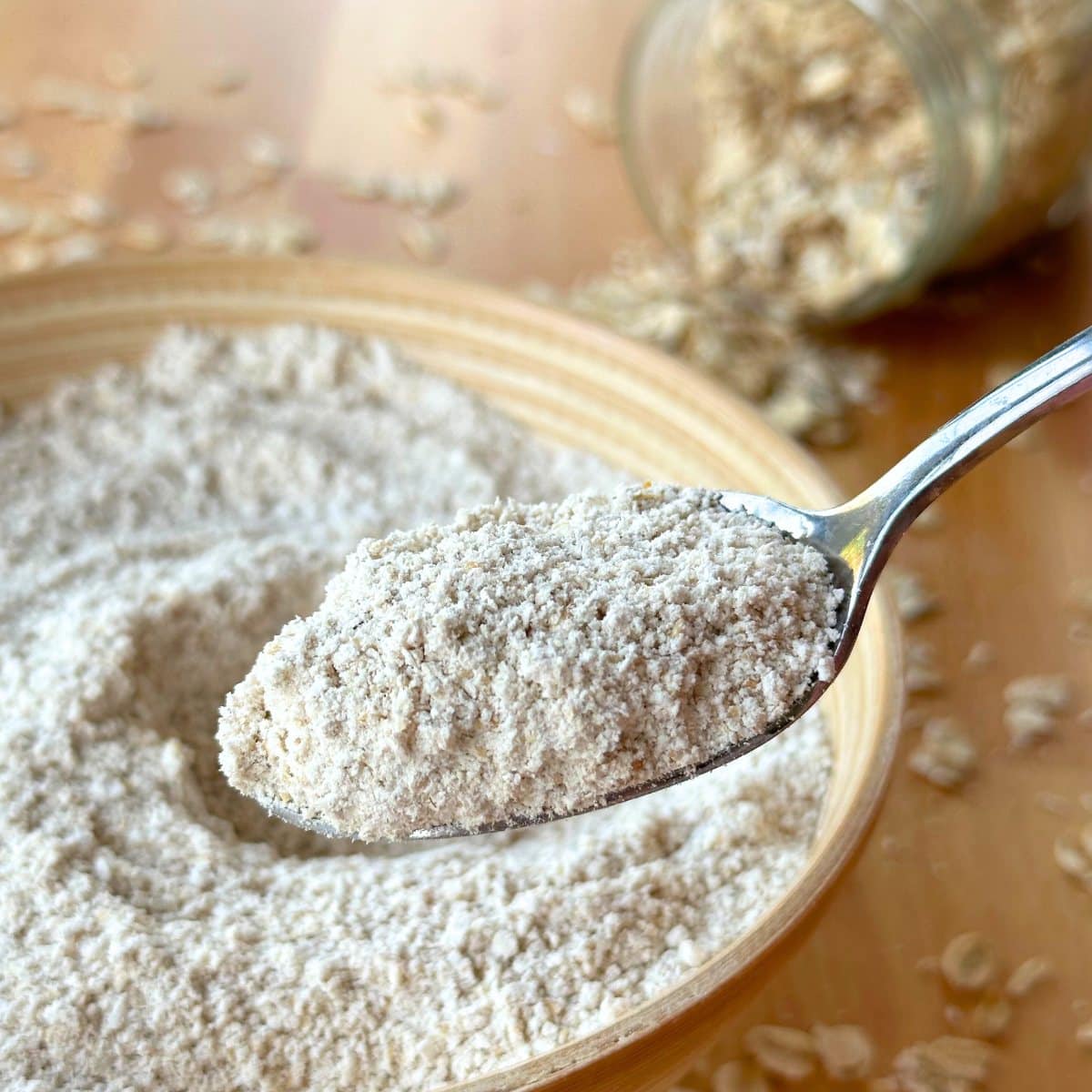
Unlock the culinary magic of oat flour!
Ideal for pumpkin cookies, chickpea cookie dough, and oat waffles, this flour alternative adds a delightful texture to sweet treats.
Oat flour shines as a cost-effective option without sacrificing taste.
Looking to make more gluten-free flour at home? Learn how to make almond flour or toasty quinoa flour!
Jump to:
Why should you make oat flour?
- Cost-Effective - Making oat flour yourself is a budget-friendly alternative to purchasing oat flour.
- Effortless Preparation - Making oat flour is easy to do with a food processor, requiring minimal effort in the kitchen.
- Time-Saving - The process is quick, providing a speedy solution for your flour needs.
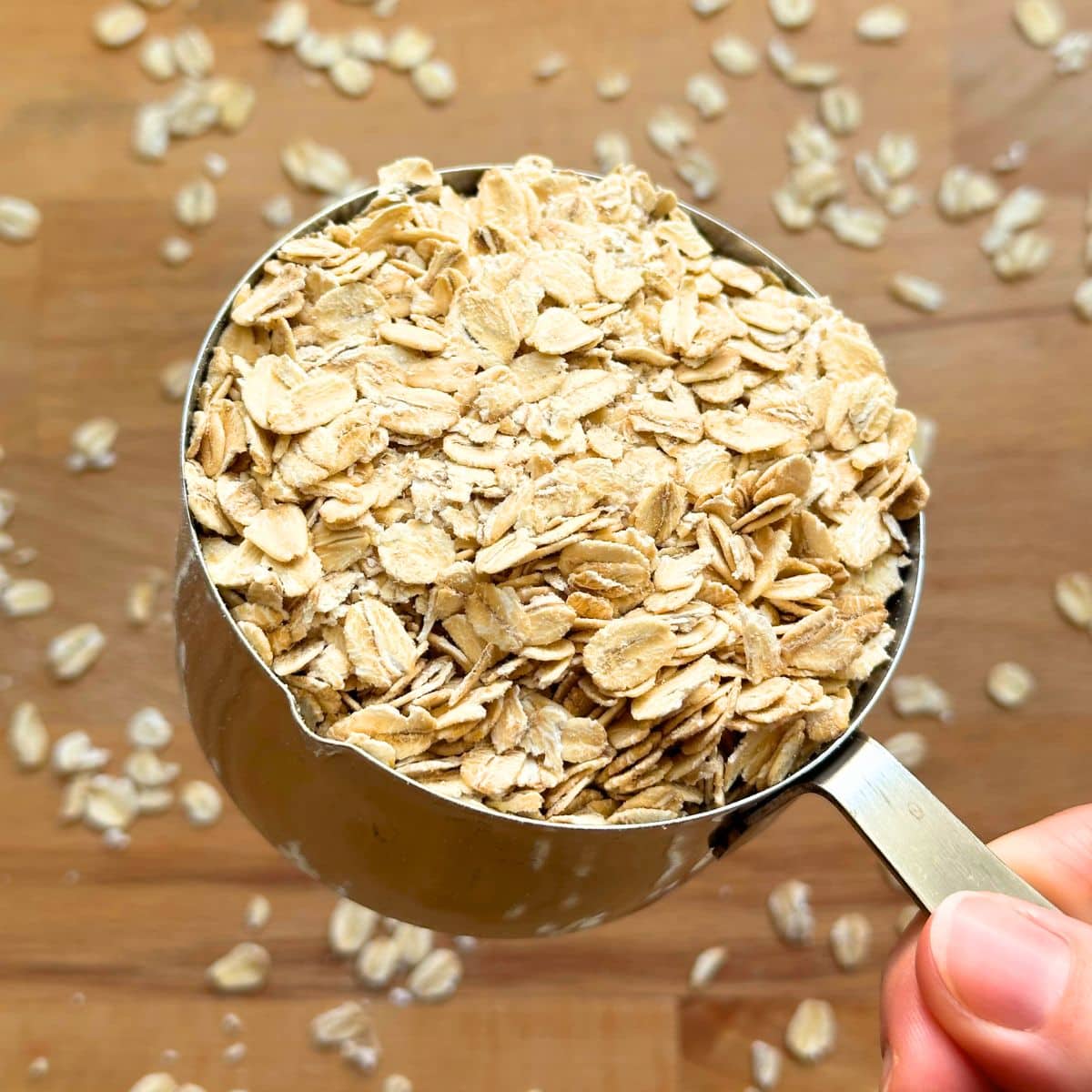
Which oats are best for homemade oat flour?
- Best Oats for Oat Flour
- Rolled Oats (Old-Fashioned Oats) - Ideal for light and soft oat flour.
- Quick Oats - Another excellent option for homemade oat flour with a fine texture.
- Consideration for Steel Cut Oats
- Possible but with Differences - While you can use steel cut oats, note that the resulting flour may have slightly different properties.
- Adjustment Needed - If baking with steel-cut oat flour, you may need to use less flour due to variations in fiber content.
Equipment Needed to Make Oat Flour
When it comes to making oat flour at home, two primary options for equipment are the food processor and the blender.
Blender vs. Food Processor
Using a blender is the quickest way to achieve the finest oat flour. It efficiently grinds oats into a smooth consistency.
On the other hand, a food processor also gets the job done, albeit with a slightly longer processing time (still less than 5 minutes) to ensure fine-textured oat flour.
Alternative Methods
While I haven't personally tested making oat flour without specialized equipment, it's possible to make oat flour manually!
With a bit of extra effort, you could chop the oats by hand or grind them using a mortar and pestle.
Though less efficient, these methods still allow you to create oat flour if you don't have a blender or food processor on hand.
How to Make Oat Flour
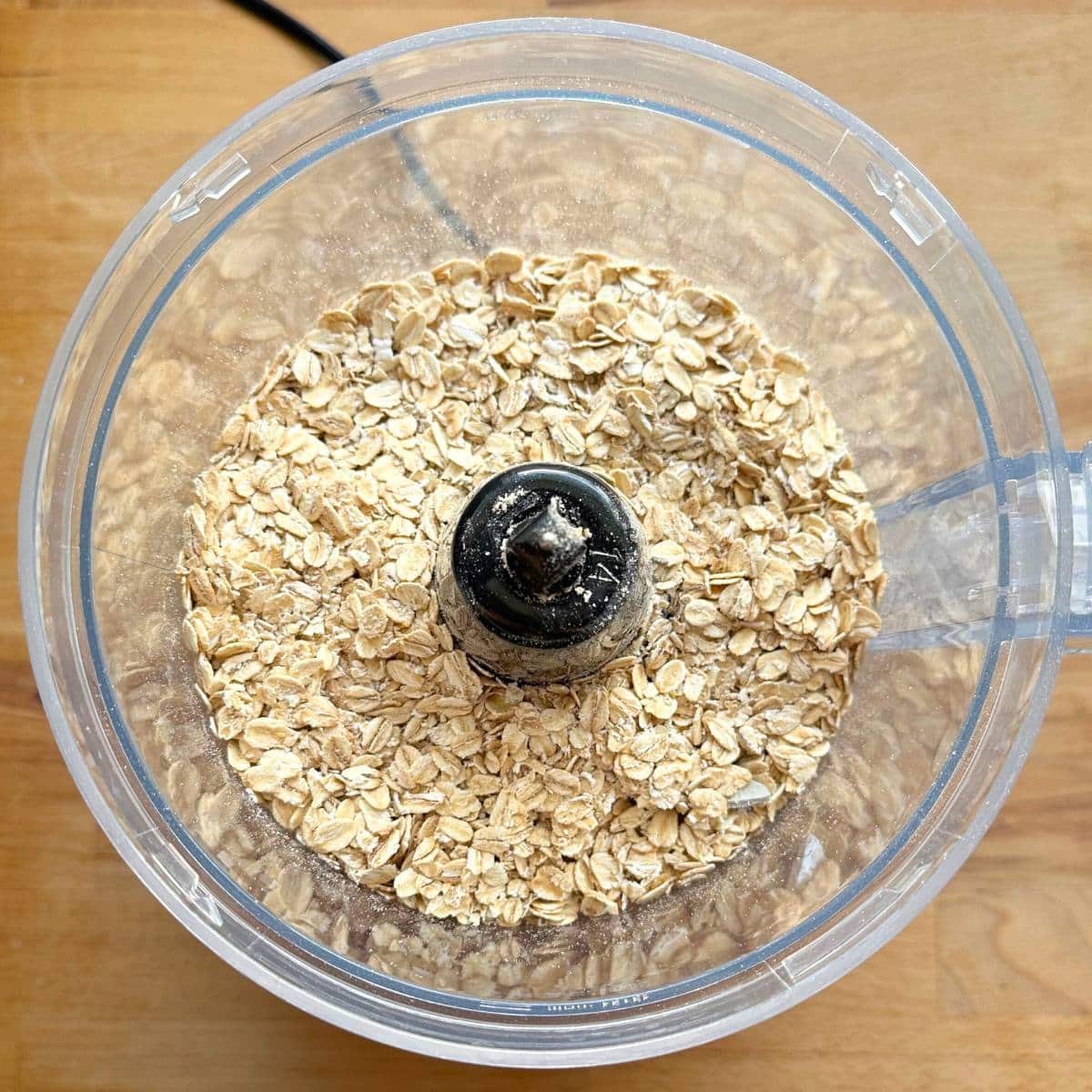
Place oats in a food processor or blender.
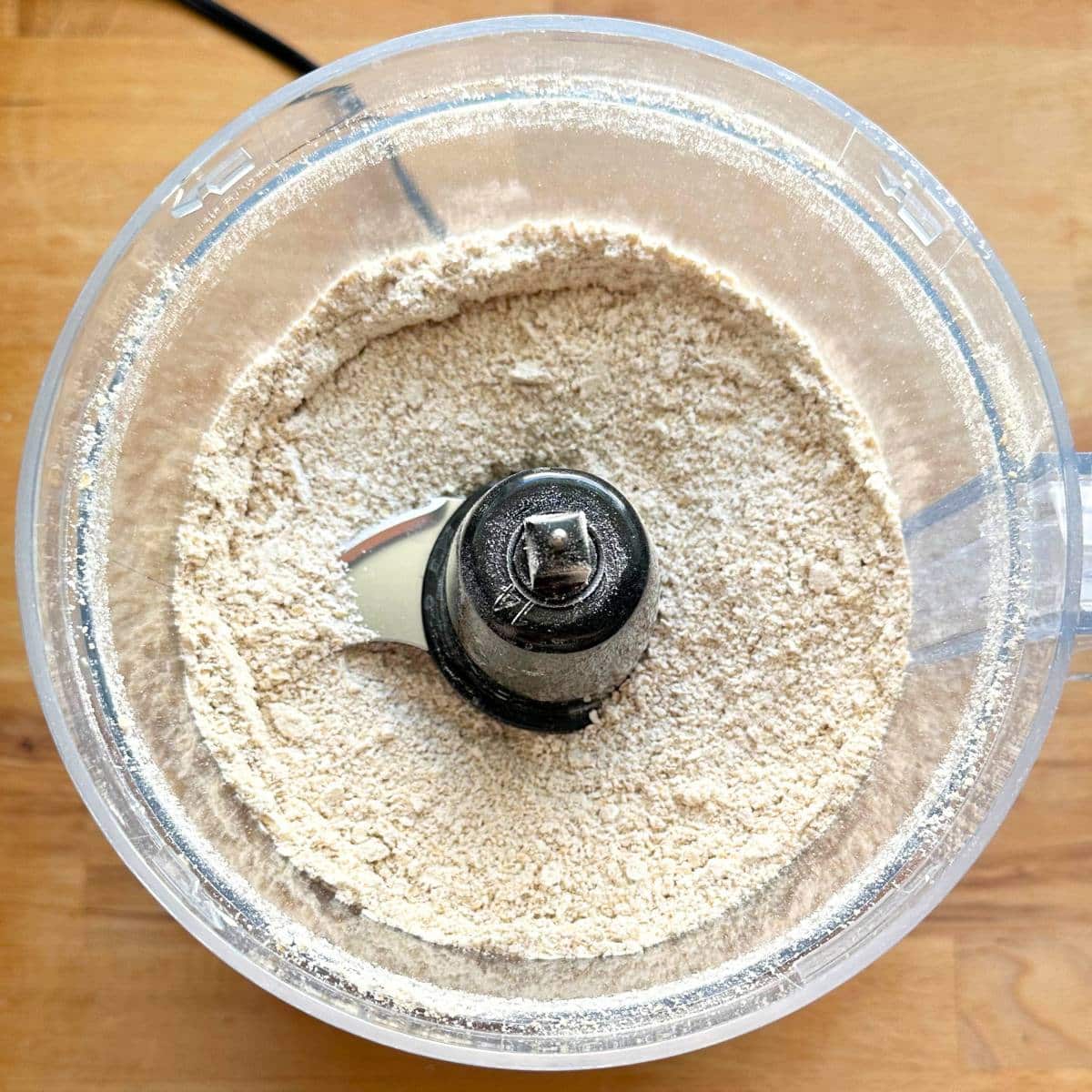
Blend for 2 to 5 minutes or until you have a fine oat flour!
If you want to get really fancy, you could sift the flour to make it super fine.
But otherwise, it is that simple!
How to Store Homemade Oat Flour
Store oat flour (which is essentially the same as rolled oats) in an airtight container in a cool, dark, dry place, such as your pantry.
Use your oat flour by the same expiration date as the rolled oats you made it from.
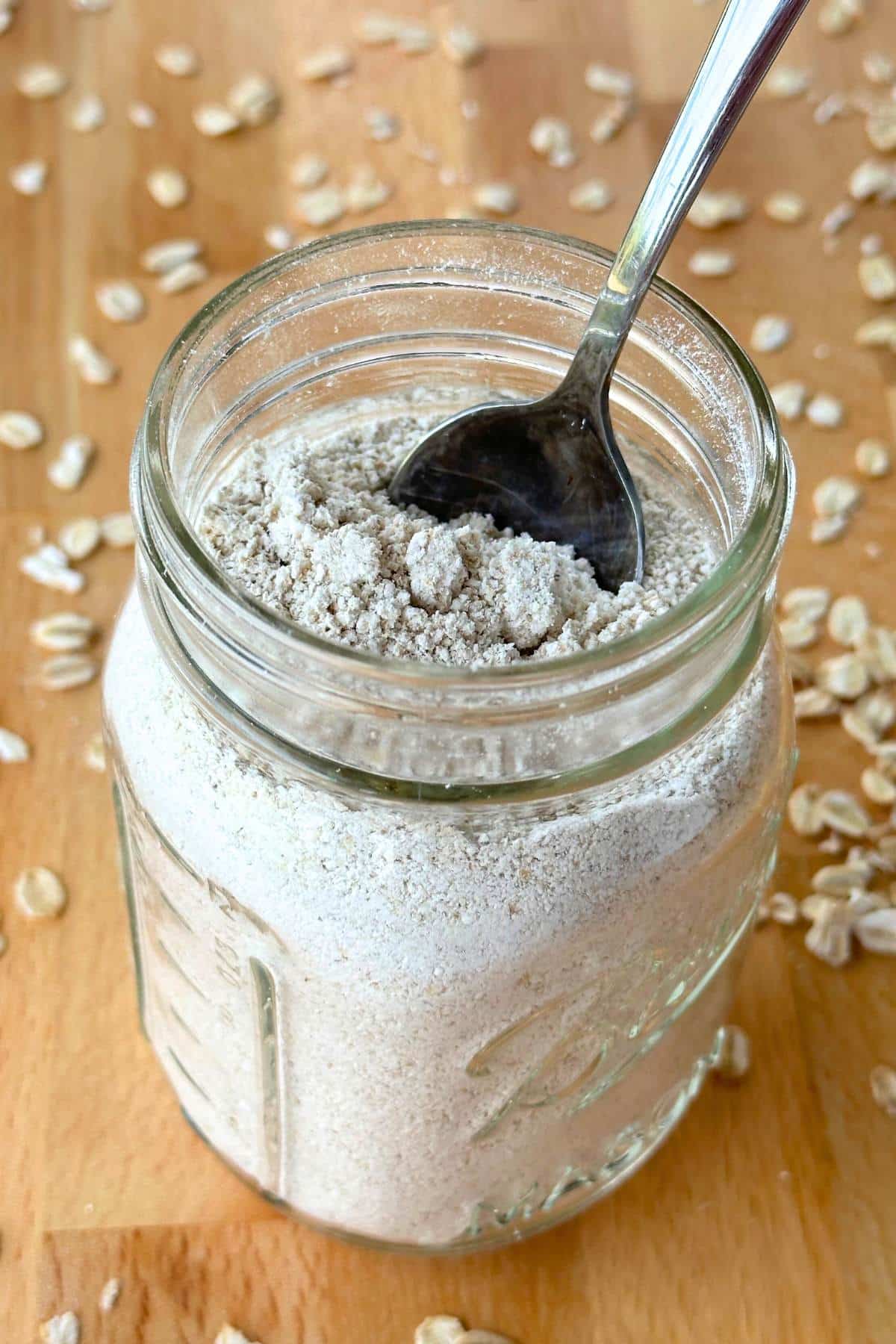
How to Use Oat Flour In Recipes
Oat flour adds a wholesome touch to recipes but is not a 1:1 substitute for all-purpose or gluten-free flour.
Moisture Consideration
Unless a recipe specifically calls for oat flour, adjustments are necessary due to oats' moisture absorption.
Typically, you can substitute approximately 50% of wheat flour with oat flour in a recipe.
Complete the flour blend by incorporating gluten-free all-purpose or almond flour for optimal results. This ensures a well-balanced and satisfying texture in your culinary creations.
FAQ
Yes! Oats are naturally gluten-free. However, it's important to note that cross-contamination risks can vary by brand with rolled oats. So opt for certified gluten-free oats if needed.
The answer to this question is open to debate!
Before making oat flour myself, I believed the resulting flour would be less in quantity than the initial amount of rolled oats.
However, after carefully measuring before and after, I found it to be the same amount! This aligns with common sense since, in a recipe by weight, the quantity of oats remains constant; only the consistency changes when blended.
So there you have it: 2 cups of rolled oats = 2 cups of oat flour!
In general, yes! The only caveat is that if you don't already own a food processor or blender, that would be a relatively expensive investment.
Assuming you already have a blender, making oat flour at home is undoubtedly more cost-effective.
Simply compare the price per ounce: oat flour averages around $0.34/Ounce, while rolled oats can be as low as $0.11/Ounce.
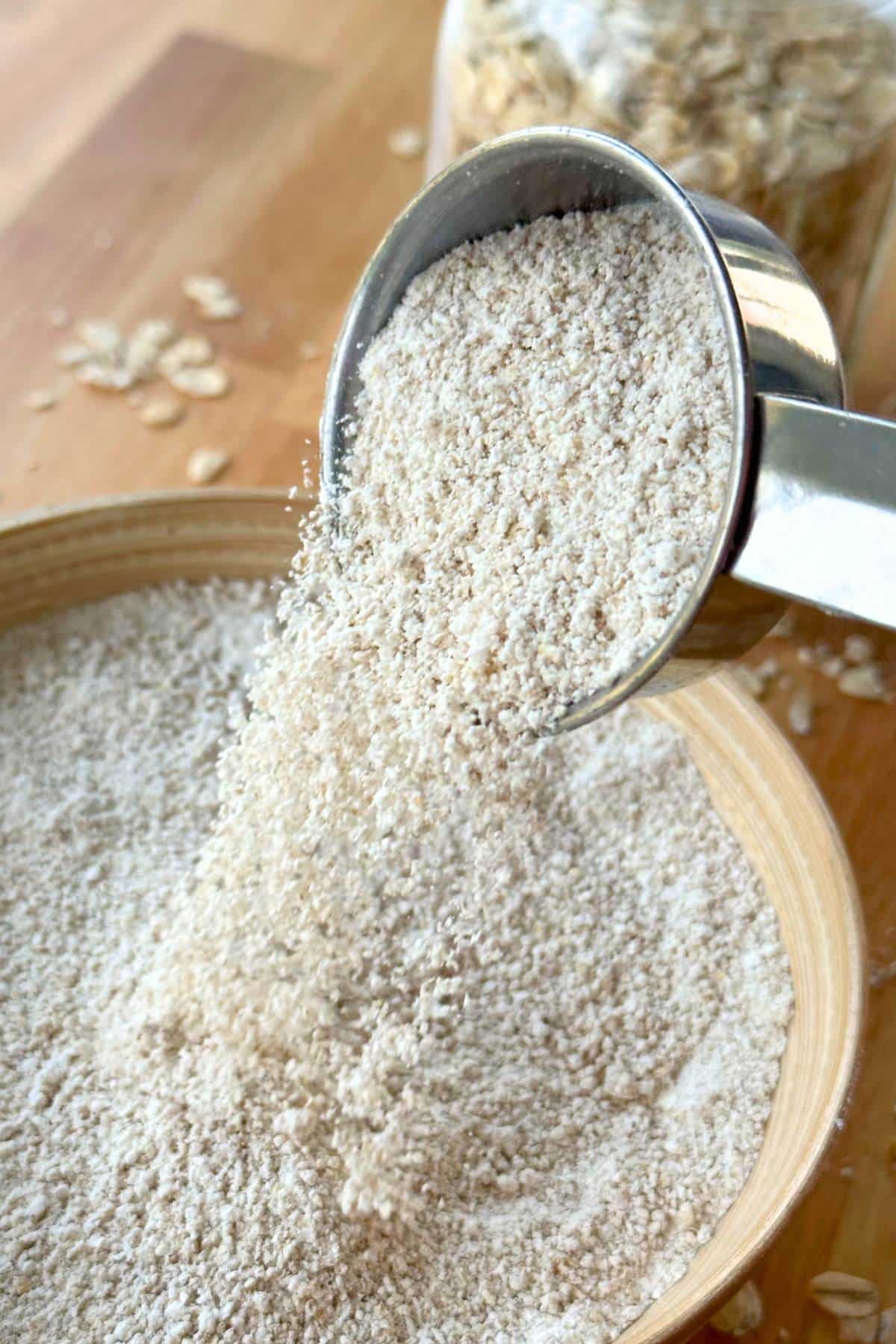
Did you make this recipe?
Please leave a rating and tell us how you liked it!
📖 Recipe
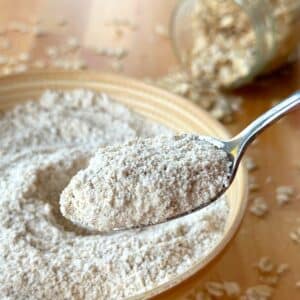
How to Make Oat Flour
Equipment
- Blender or Food Processor
Ingredients
- 2 cups rolled oats
Instructions
- Place oats in a food processor or blender.
- Blend for 2 to 5 minutes or until you have a fine oat flour!
- To achieve an extra fine texture, you can sift the oat flour.
- Otherwise, use as directed in your recipe. Enjoy!
Notes
Nutrition
This recipe has been updated with new pictures and tips. It was adapted from Maggie's recipe that was posted on February 24, 2020.

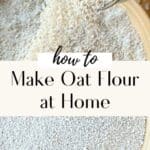
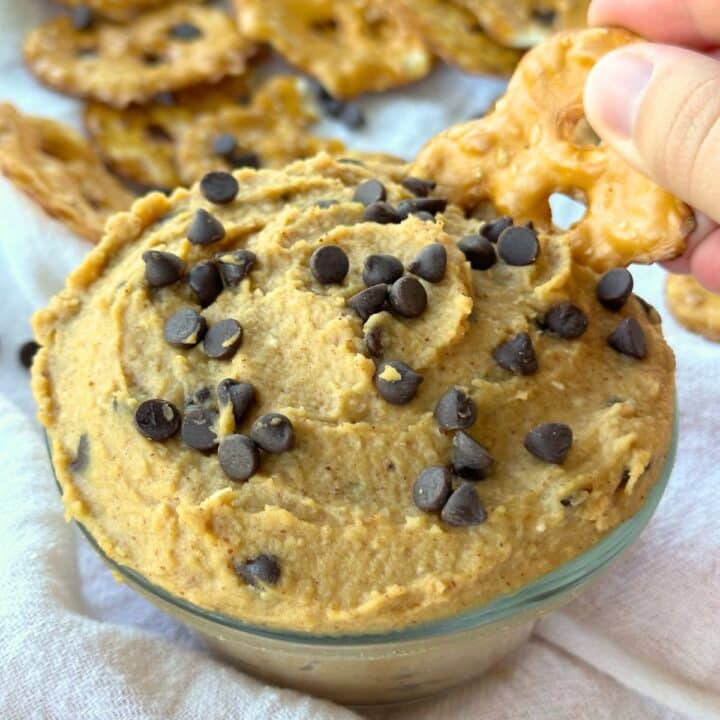

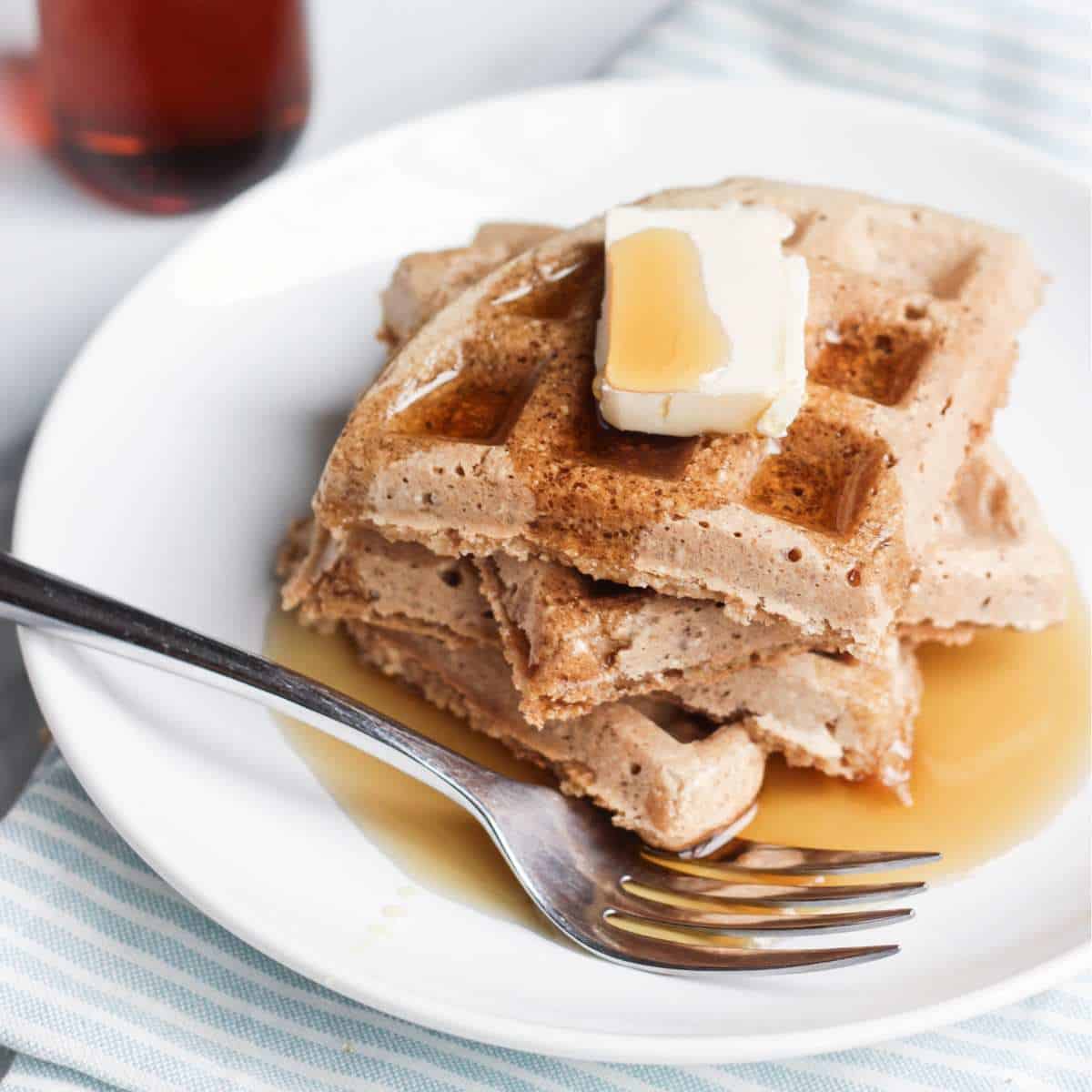
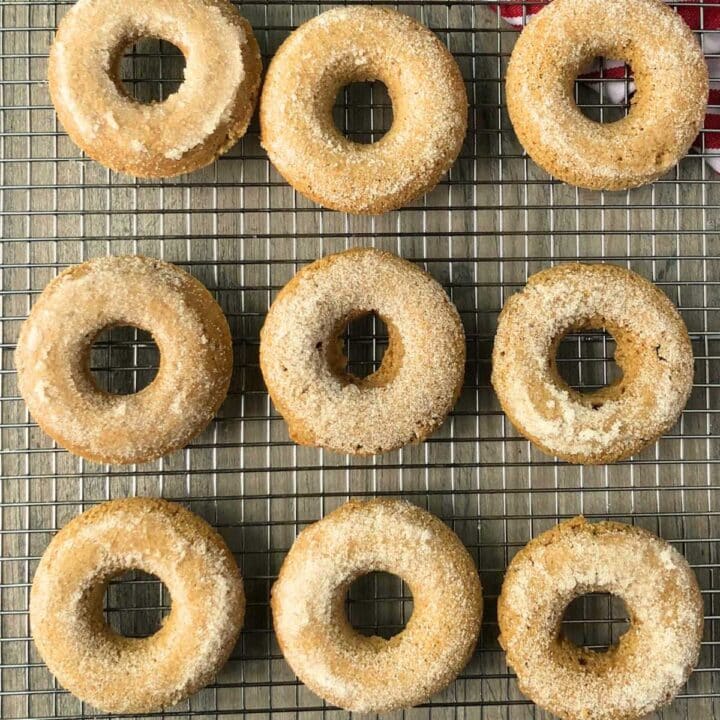
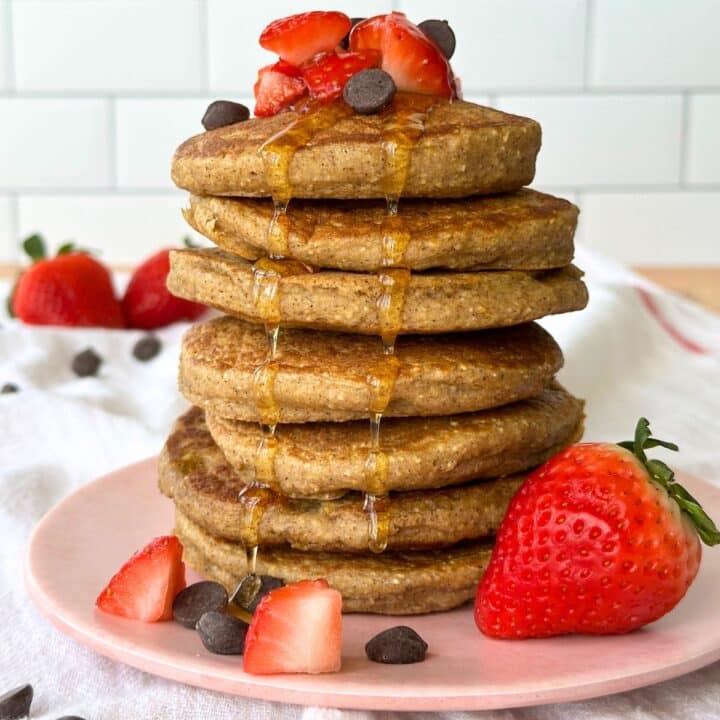

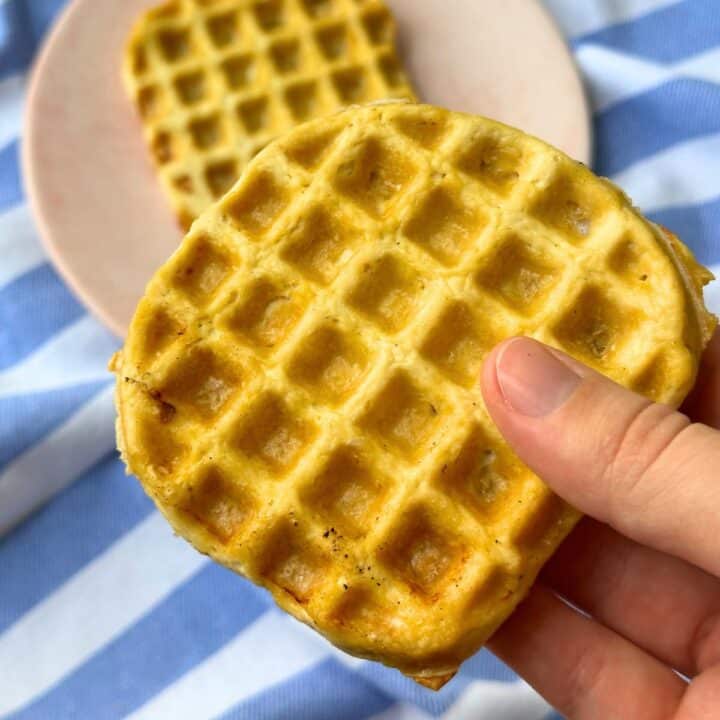

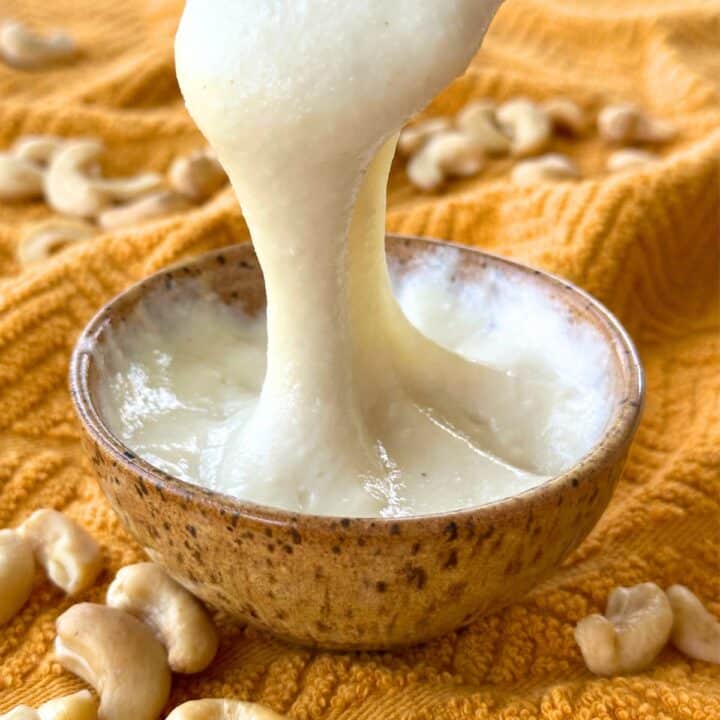
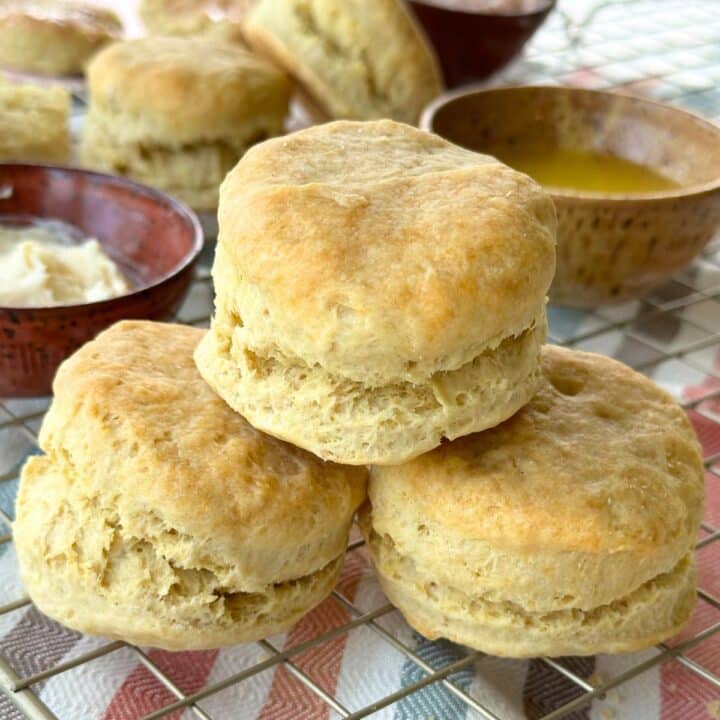
Comments
No Comments